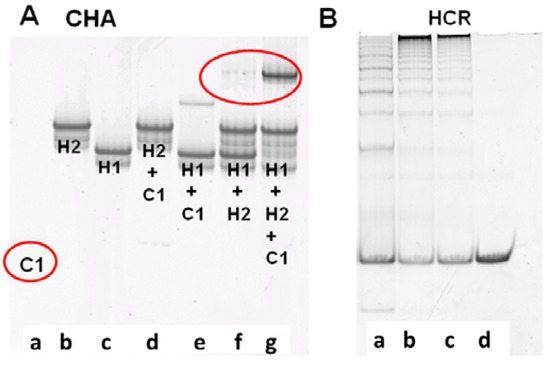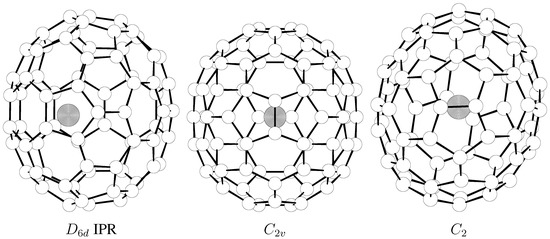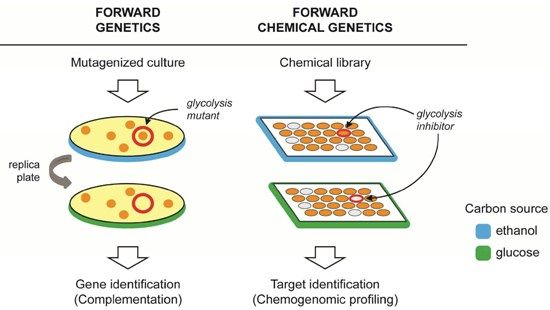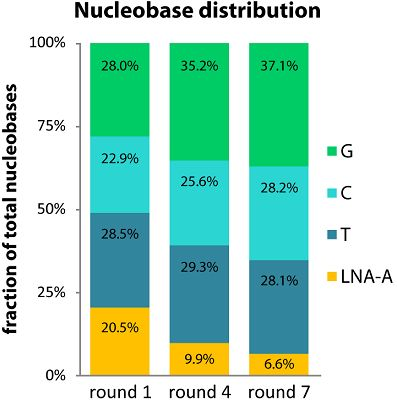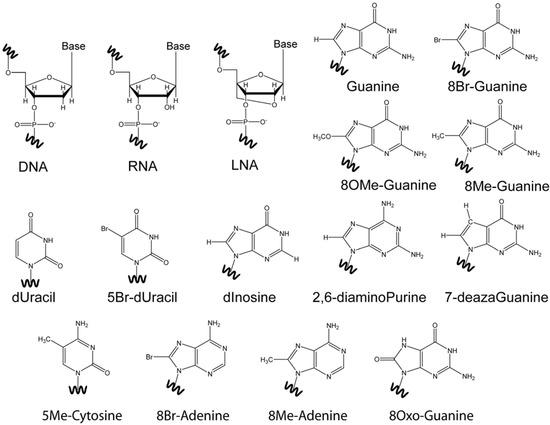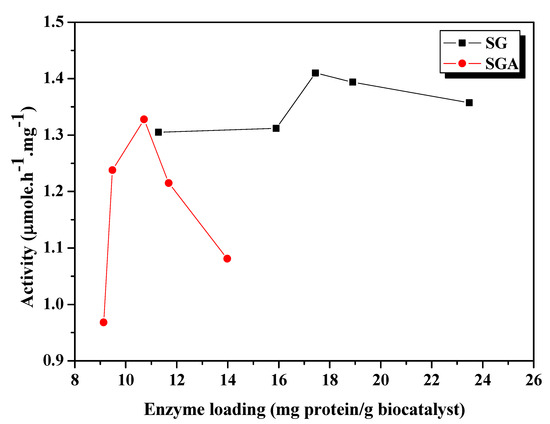Molecules 2012, 17(11), 13221-13234; https://doi.org/10.3390/molecules171113221 - 6 Nov 2012
Cited by 39 | Viewed by 7082
Abstract
The solubility, absorption and distribution of a drug are involved in the basic aspects of oral bioavailability Solubility is an essential characteristic and influences the efficiency of the drug. Over the last ten years, the number of poorly soluble drugs has steadily increased.
[...] Read more.
The solubility, absorption and distribution of a drug are involved in the basic aspects of oral bioavailability Solubility is an essential characteristic and influences the efficiency of the drug. Over the last ten years, the number of poorly soluble drugs has steadily increased. One of the progressive ways for increasing oral bioavaibility is the technique of nanoparticle preparation, which allows many drugs to thus reach the intended site of action. Candesartan cilexetil and atorvastatin, belonging to class II of the biopharmaceutical classification system, were chosen as model active pharmaceutical ingredients in this study. Forty samples were prepared either by antisolvent precipitation/solvent evaporation method or by the emulsion/solvent evaporation technique with various commonly used surface-active excipients as nanoparticle stabilizers. All samples were analyzed by means of dynamic light scattering. The particle size of the determined 36 nanoparticle samples was to 574 nm, whereas 32 samples contained nanoparticles of less than 200 nm. Relationships between solvents and excipients used and their amount are discussed. Based on the results the investigated solvent evaporation methods can be used as an effective and an affordable technique for the preparation of nanoparticles.
Full article
(This article belongs to the Section Medicinal Chemistry)
►
Show Figures

